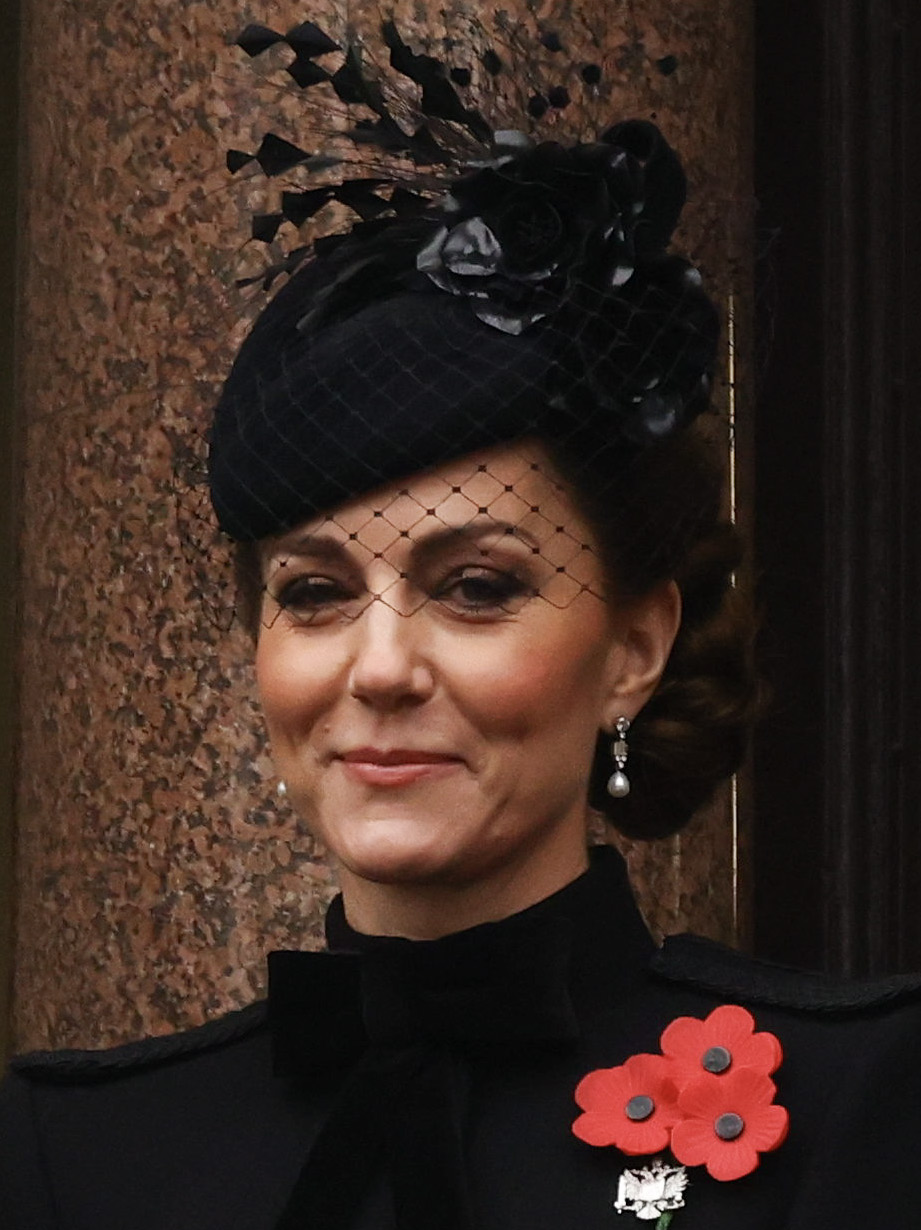.jpg)
One name in the news marking the end of a life is to be expected, but imagine the sheer unlikeliness of two or even three notable personalities passing away on the very same day. It’s a phenomenon that truly makes you pause and consider the peculiar twists of fate, especially when there’s no apparent connection or common thread between these incredible individuals.
History is unexpectedly rich with such dates, moments when the world collectively mourned multiple figures whose paths may never have crossed in life, but whose final departures became inextricably linked. These aren’t just coincidences; they’re fascinating glimpses into how the threads of our shared human experience can intertwine in the most surprising ways.
From the architects of nations to rock ‘n’ roll legends and cinematic giants, the instances of famous people sharing their final day are both poignant and thought-provoking. This article will take a deep dive into some of these truly unforgettable dates, exploring the lives and legacies of those who, against all odds, left us on the exact same day. Get ready to explore some serious history that still makes us scratch our heads and say, ‘Whoa!’

1. **John Adams & Thomas Jefferson – July 4, 1826**
Could there be a more profoundly symbolic shared departure? On the 50th anniversary of American independence, July 4, 1826, not one, but two of the nation’s most pivotal founding fathers breathed their last breaths. These men, John Adams and Thomas Jefferson, were towering figures in American history, serving as the second and third presidents of the United States, respectively, and were instrumental in the creation of the Declaration of Independence itself.
Their relationship, famously fraught over the years with political differences and intense rivalries, had reportedly been rekindled into a profound friendship following their presidencies. This comradeship, a testament to their shared dedication to the burgeoning nation, is said to have lasted right up until their final day. Adams’s final words were even said to be about Jefferson, a poignant thought, unaware that his old friend had already departed earlier that very morning.
To pass away within hours of each other, on the exact 50th anniversary of the signing of the document they both helped author, is a coincidence that transcends mere chance. It cemented their places in history with an almost mythical final act, leaving an indelible mark on the narrative of American independence and the legacy of its earliest leaders.
Read more about: Unraveling the Eerie Coincidences: When Iconic Celebrities Departed on the Same Day
2. **Milton Berle, Dudley Moore, & Billy Wilder – March 27, 2002**
Wednesday, March 27th, 2002, was a truly somber day for the entertainment industry, as it claimed the lives of three highly respected and influential figures. This unexpected triple loss touched upon various facets of show business, from pioneering television comedy to acclaimed film acting and legendary directing. It was a day that saw immense talent extinguished across multiple generations and genres.
Milton Berle, affectionately known as ‘Mr. Television’ for his groundbreaking work in the early days of the medium, and often called ‘Uncle Milty,’ was a legendary comedian whose influence shaped the nascent landscape of television. He passed away at the age of 93 from colon cancer, leaving behind a legacy of laughter and innovation that defined an era of broadcasting history.
On the same day, Dudley Moore, a talented actor and musician celebrated for his roles in revered films like ‘Arthur,’ also passed. The performer was 62 and succumbed to complications from a rare brain disease, silencing a comedic and musical voice that charmed audiences worldwide. Meanwhile, Hollywood lost one of its greatest storytellers in Billy Wilder, the acclaimed filmmaker behind certified classics such as ‘Some Like It Hot’ and ‘Sunset Boulevard.’ Wilder, 95, died from pneumonia, concluding a directorial career that left an unparalleled mark on cinema’s golden age. It was a day that truly reminded the world of the vast and varied talents that shape our entertainment.

3. **Margaret Thatcher & Annette Funicello – April 8, 2013**
April 8, 2013, delivered a striking example of how fate can intertwine the destinies of individuals from vastly different worlds. This particular day witnessed the passing of two women whose impacts resonated in completely distinct arenas: one a formidable political leader, and the other a beloved pop culture icon, each leaving an indelible mark on their respective fields.
Margaret Thatcher, known globally as ‘The Iron Lady,’ became Britain’s first female Prime Minister. Her tenure from 1979 to 1990 was characterized by bold conservative policies that profoundly reshaped British politics and society, making her one of the most influential political figures of the 20th century. She died following a stroke at the age of 87, bringing an end to a life that had redefined leadership.
In a completely different realm, Annette Funicello rose to fame as a cherished Mouseketeer on ‘The Mickey Mouse Club,’ enchanting a generation of young viewers. She successfully transitioned into a popular actress and singer, starring in many beloved ‘beach films’ of the 1960s, becoming a symbol of wholesome youth culture. Funicello, who was 70, passed away from complications related to multiple sclerosis. The simultaneous departure of a political titan and a cultural darling underscored the day with a unique blend of national mourning and nostalgic remembrance, proving that influence comes in many forms.
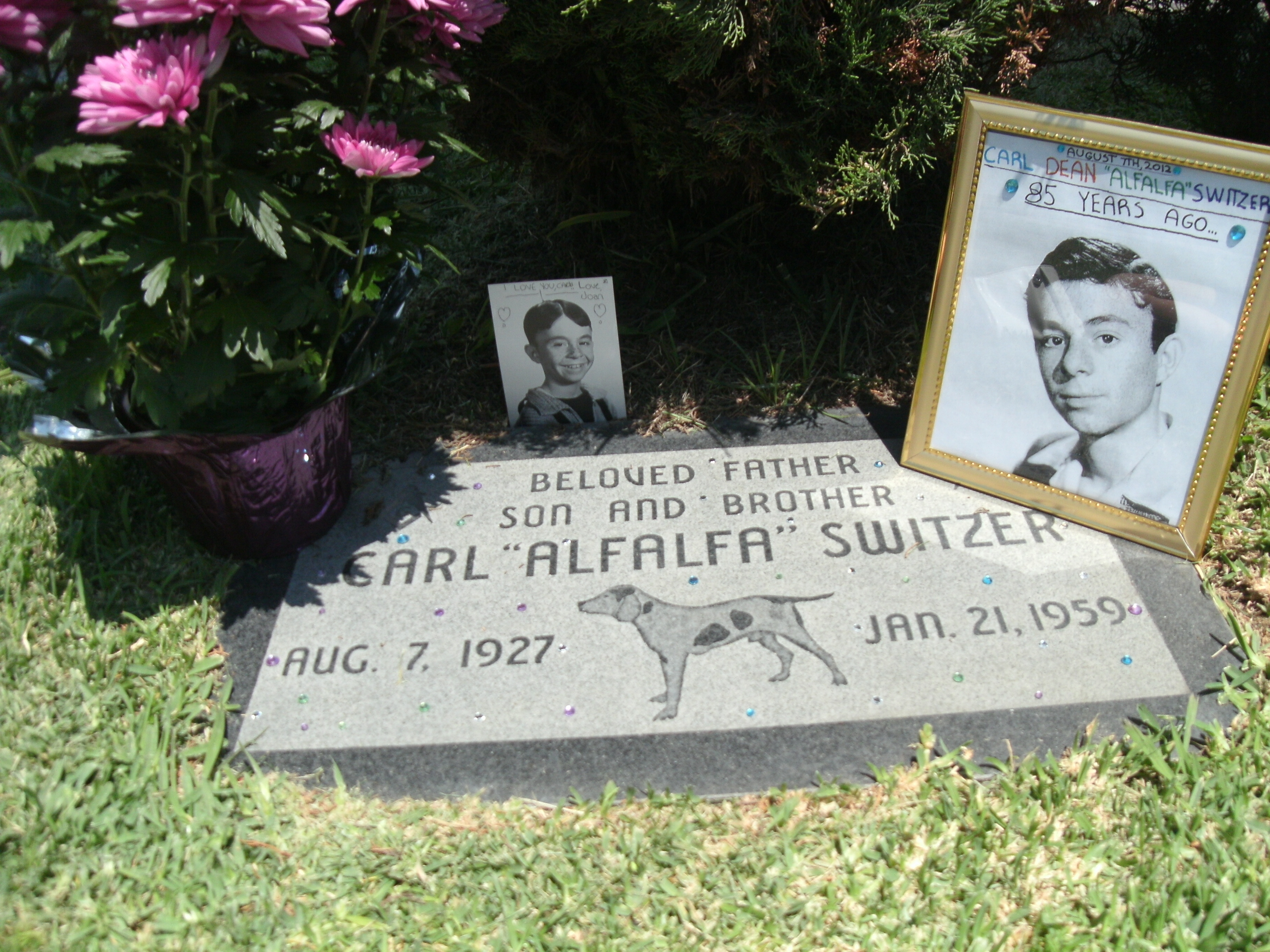
4. **Carl Switzer & Cecil B. DeMille – January 21, 1959**
January 21st, 1959, stands out as another particularly sad day for Hollywood, marking the unexpected loss of two figures, one a beloved child star and the other a titan of filmmaking, who were rarely, if ever, mentioned in the same breath. Their paths in life were incredibly disparate, yet their final curtain calls occurred on the very same winter’s day.
Carl Switzer was best known and adored for his iconic role as Alfalfa in ‘The Little Rascals,’ a comedy series referred to as ‘Our Gang’ during its heyday in the 1930s and 40s. The show was not just a smash hit but a genuine pop culture touchstone, endearing Switzer to millions. Tragically, his life came to an abrupt and violent end at just 31 years of age after he was involved in an altercation where he was shot, bringing a sad and troubled adulthood to a premature close.
Also passing on that same day was Cecil B. DeMille, one of Hollywood’s most influential and visionary directors. His colossal filmography includes monumental works like ‘The Greatest Show on Earth’ and the epic ‘The Ten Commandments,’ films that showcased his mastery of grand spectacle and storytelling. DeMille died from issues related to a heart condition at age 77, leaving behind a towering Hollywood legacy. The simultaneous departure of a young actor whose troubled life made headlines and a legendary director who departed with an unmatched body of work underscored the complex and often melancholic nature of the film industry.
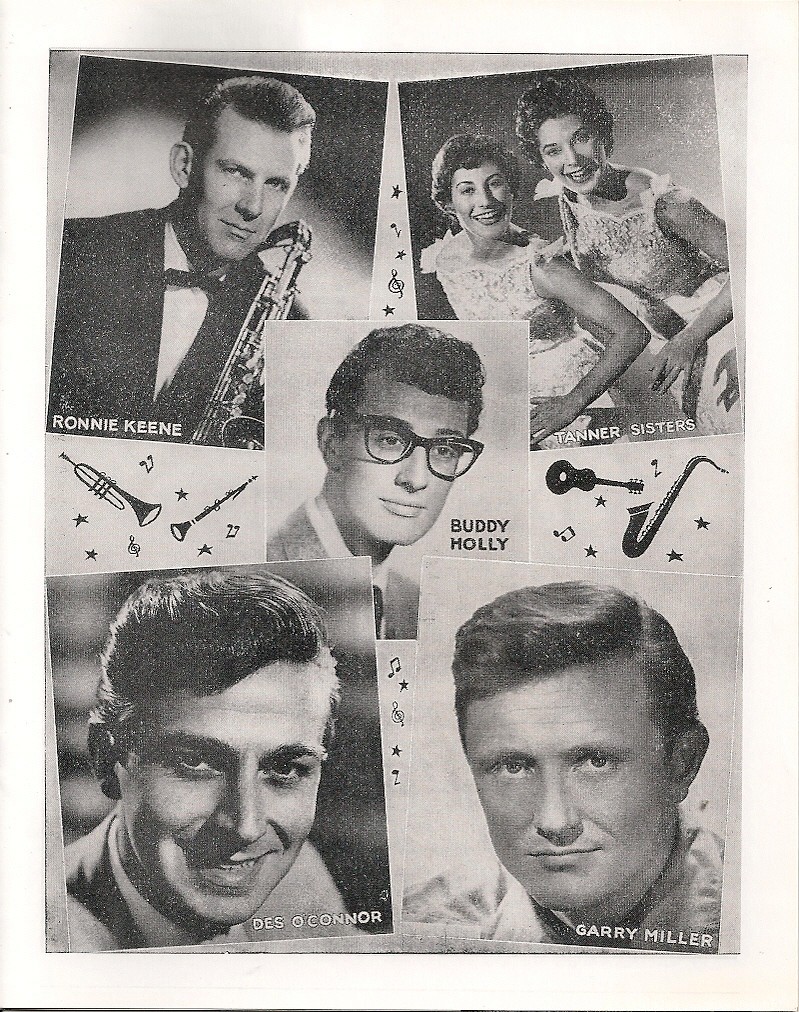
5. **Buddy Holly, Ritchie Valens, & J.P. Richardson Jr. – February 3, 1959**
For many, February 3rd, 1959, is tragically immortalized as ‘The Day the Music Died,’ a date etched into cultural memory with profound sadness. This was the day that three pioneering figures of rock ‘n’ roll—Buddy Holly, Ritchie Valens, and J.P. Richardson Jr., famously known as The Big Bopper—all perished. What makes this particular day unique on our list is that, unlike others, they all tragically died due to the same dire circumstances: a now-infamous plane crash near Clear Lake, Iowa.
Buddy Holly, with his distinctive style and timeless hits like ‘Peggy Sue’ and ‘That’ll Be the Day,’ had already left an indelible mark on music, influencing countless artists across generations. His innovative sound and songwriting were helping to define the very essence of rock and roll.
Ritchie Valens, a vibrant and up-and-coming star, was just 17 years old but already had a mega-hit on his hands with ‘La Bamba,’ showcasing his immense potential to transcend musical boundaries. The Big Bopper, J.P. Richardson Jr., was a popular singer-songwriter in his own right, known for his charismatic stage presence and his hit single ‘Chantilly Lace.’ Their untimely deaths, in the prime of their careers, undoubtedly robbed the world of even more immense talent and solidified this day as a turning point in music history, leaving fans to wonder what might have been.
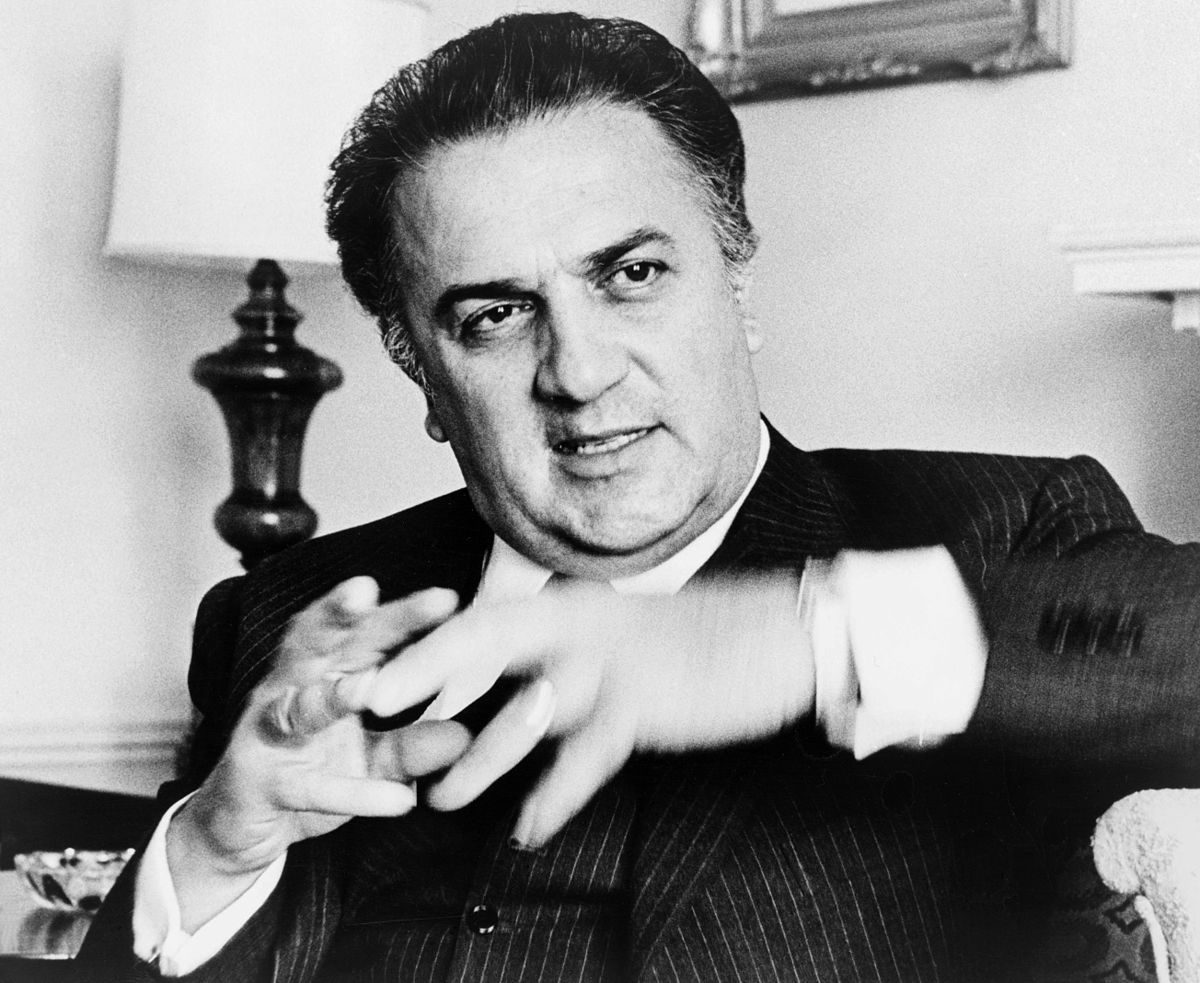
6. **Federico Fellini & River Phoenix – October 31, 1993**
Halloween day in 1993 marked a significant, albeit somber, moment for the world of cinema, witnessing the loss of two individuals who, in profoundly different ways, left their distinct marks on the art form. The parallel departures of an established Italian master and a rapidly rising young American talent created a poignant juxtaposition of legacies and unfulfilled promise.
Federico Fellini was an internationally renowned Italian film director, celebrated for his uniquely surrealistic style that blurred the lines between fantasy and reality in masterpieces like ‘8½’ and ‘La Dolce Vita.’ Film historians widely agree that his contributions to Italian cinema were unparalleled, pioneering a cinematic language that influenced generations of filmmakers. His death from a heart attack at 73 brought an end to an era of extraordinary artistic vision.
However, in the United States, news of the legendary filmmaker’s passing was tragically overshadowed by the shocking death of rising star River Phoenix. The lauded young actor, already delivering standout performances in films like ‘Stand by Me,’ had a promising career that came to an abrupt and tragic end due to an overdose outside the popular West Hollywood nightclub The Viper Room. Phoenix was only 23 years old. The simultaneous loss of a director who had shaped surrealism in cinema and an actor just beginning to redefine what it meant to be a young performer in the 90s made October 31, 1993, a day of profound reflection for movie lovers worldwide.
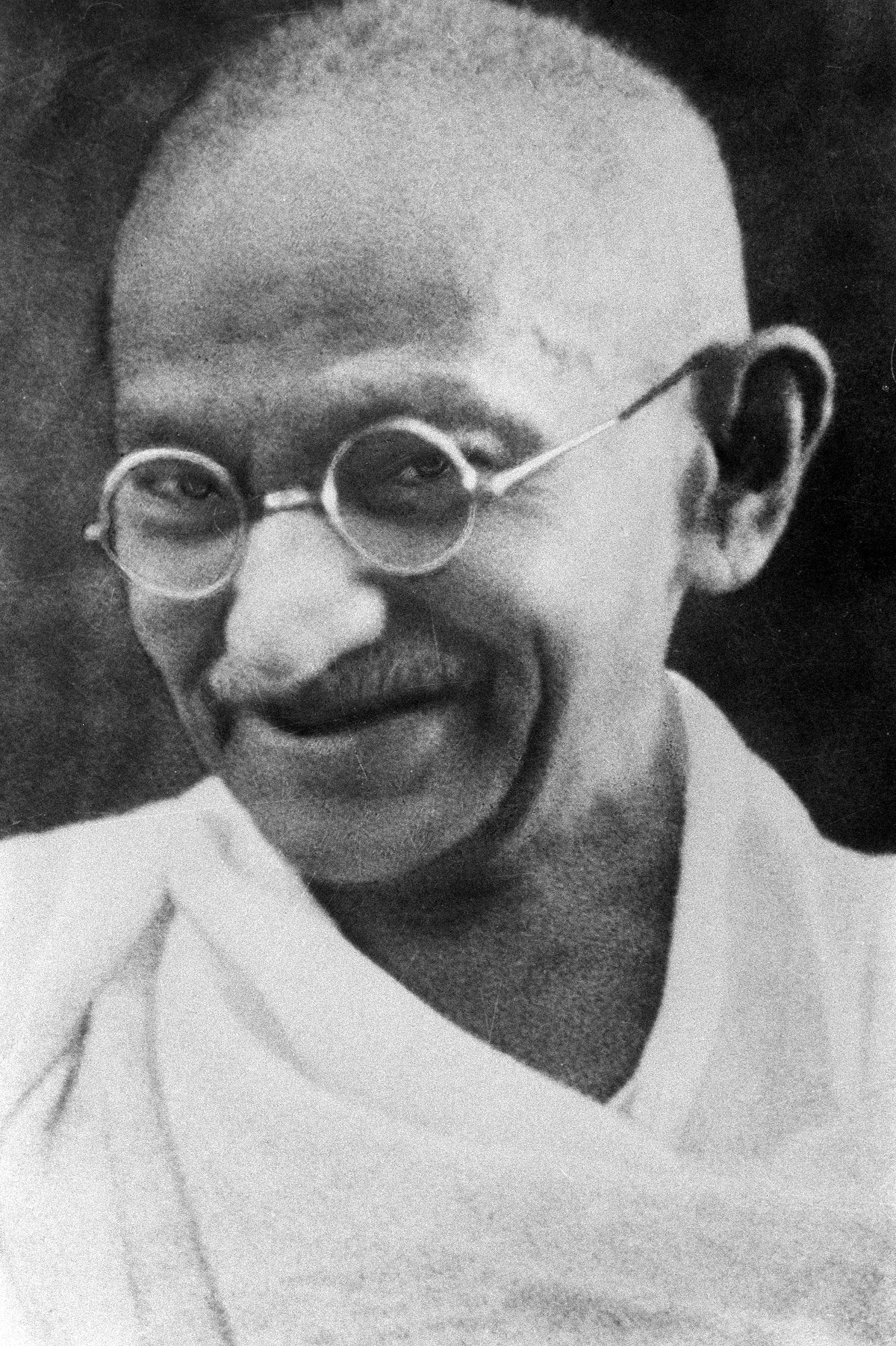
7. **Mahatma Gandhi & Orville Wright – January 30, 1948**
Friday, January 30th, 1948, is a date that stands as a stark example of how fate can orchestrate the simultaneous departure of two highly influential persons who seemingly had nearly nothing in common during their lifetimes. One reshaped human rights and political movements, while the other revolutionized human travel and engineering.
Mahatma Gandhi, an iconic figure whose name is synonymous with peace and justice, inspired civil rights movements around the globe. He championed non-violent resistance against British rule in India, a philosophy that profoundly influenced generations and movements worldwide. His assassination at 78 years old shook the world to its core but firmly cemented his place as an eternal advocate for peace and non-aggression.
On that very same day, Orville Wright, one half of the legendary Wright Brothers, also passed away. Orville, alongside his brother Wilbur, was an aviation pioneer whose ingenuity and perseverance revolutionized air travel. Their 1903 flight was historic, marking the first instance of ‘a controlled, sustained flight in a powered vehicle,’ forever changing humanity’s relationship with the sky. Orville Wright died of a heart attack at age 76. The sheer unlikeliness of these two giants from utterly different spheres – one shaping global movements through moral force, the other launching humanity into the skies – leaving the world simultaneously, makes January 30, 1948, a day of truly extraordinary coincidence and historical weight.
If you thought the first few entries on our list were wild, just wait! History is positively brimming with these head-scratching moments when famous figures, often with vastly different lives and careers, made their final bows on the very same calendar day. It’s like the universe decided to group their exits for maximum impact, leaving us all to marvel at the sheer unlikeliness of it all. We’re continuing our deep dive into more of these truly unforgettable dates, where the fabric of fate brought together the departures of some seriously iconic individuals. Get ready to explore even more jaw-dropping coincidences!
Read more about: Unraveling the Eerie Coincidences: When Iconic Celebrities Departed on the Same Day
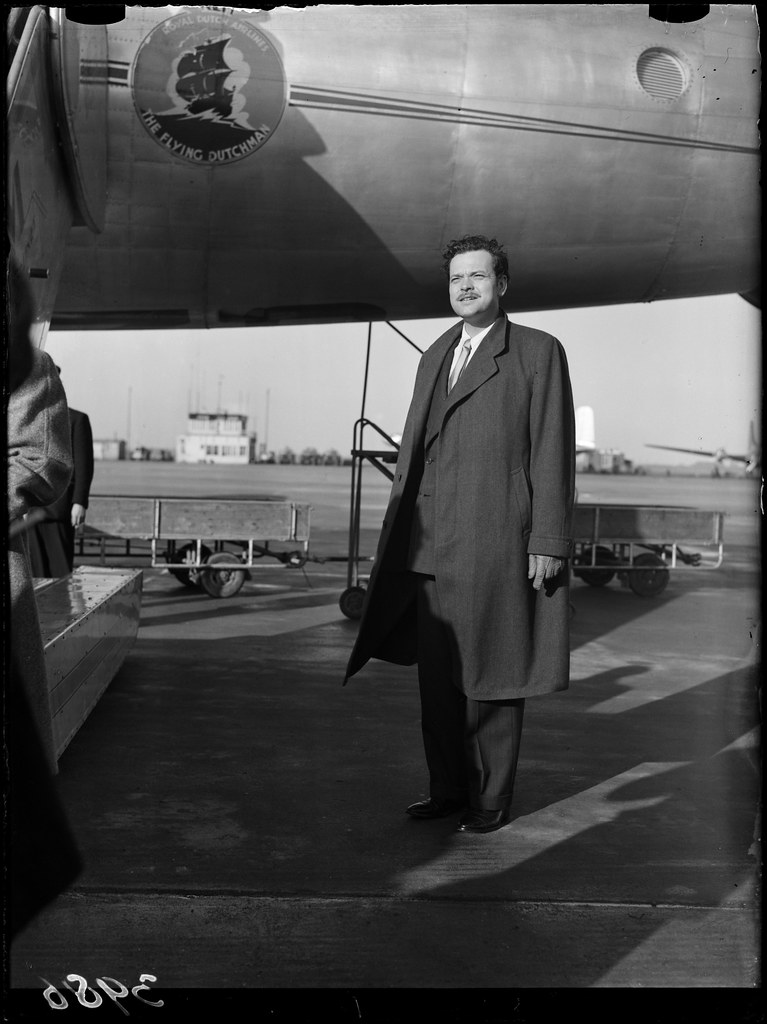
8. **Orson Welles & Yul Brynner – October 10, 1985**
Imagine the collective gasp in Hollywood on October 10th, 1985, when the news broke that two titans of the silver screen had departed on the very same day. Orson Welles and Yul Brynner, though distinct in their styles and legacies, both left an indelible mark on cinema. Their simultaneous exits truly stunned fans around the globe, marking a day of profound loss for the entertainment world.
Orson Welles, a name synonymous with groundbreaking artistry, was a multi-talented force in film, radio, and theater. He gave us masterpieces like “Citizen Kane,” a film still widely considered one of the best of all time. Welles, the visionary behind this cinematic game-changer, sadly succumbed to a heart attack in Los Angeles, leaving behind a legacy that helped invent cinema as we know it.
Meanwhile, on the other side of the cinematic spectrum, we lost Yul Brynner, the charismatic actor of Russian descent. Brynner dominated Hollywood with his intense presence, most famously portraying the King of Siam in “The King and I,” a role that earned him both Tony and Oscar awards. He departed following a battle with lung cancer, silencing a voice that brought intense charisma to every role.
It’s remarkable how one redefined how stories were told through the camera lens, while the other redefined how roles were played on stage and screen. To have these two giants of Hollywood depart on the same autumn day in 1985 just goes to show you that sometimes, fate just really likes to put on a show.

9. **Freddie Mercury & Eric Carr – November 24, 1991**
November 24th, 1991, was a day that truly made the world of rock and roll feel a little less “cool,” as the music industry said goodbye to two incredible superstars. This heartbreaking double loss saw the departure of two drummers, metaphorically speaking, but one was a frontman of legendary status, and the other a crucial powerhouse behind the kit for another iconic band.
Freddie Mercury, the flamboyant lead vocalist of Queen, was a force of nature. His unparalleled stage presence and extraordinary vocal range helped Queen become one of rock’s most iconic bands, captivating audiences worldwide with their anthems. The celebrated musician sadly died from AIDS at the age of 45, leaving a void in music that has never truly been filled.
And on that very same day, another cornerstone of rock, Eric Carr, the drummer for KISS, also passed away. Carr was the driving rhythm behind KISS during their hugely successful ’80s era, known for bringing incredible energy to all their rocking performances. He was just 41 years old when he died of heart cancer, marking a somber day for fans of hard rock.
Both Mercury and Carr undeniably shaped the sound and stage presence of their respective bands in ways that fans still celebrate decades later. The simultaneous departure of such vibrant talents, one a vocal icon and the other a rhythmic powerhouse, made November 24, 1991, a date forever etched in rock music history.
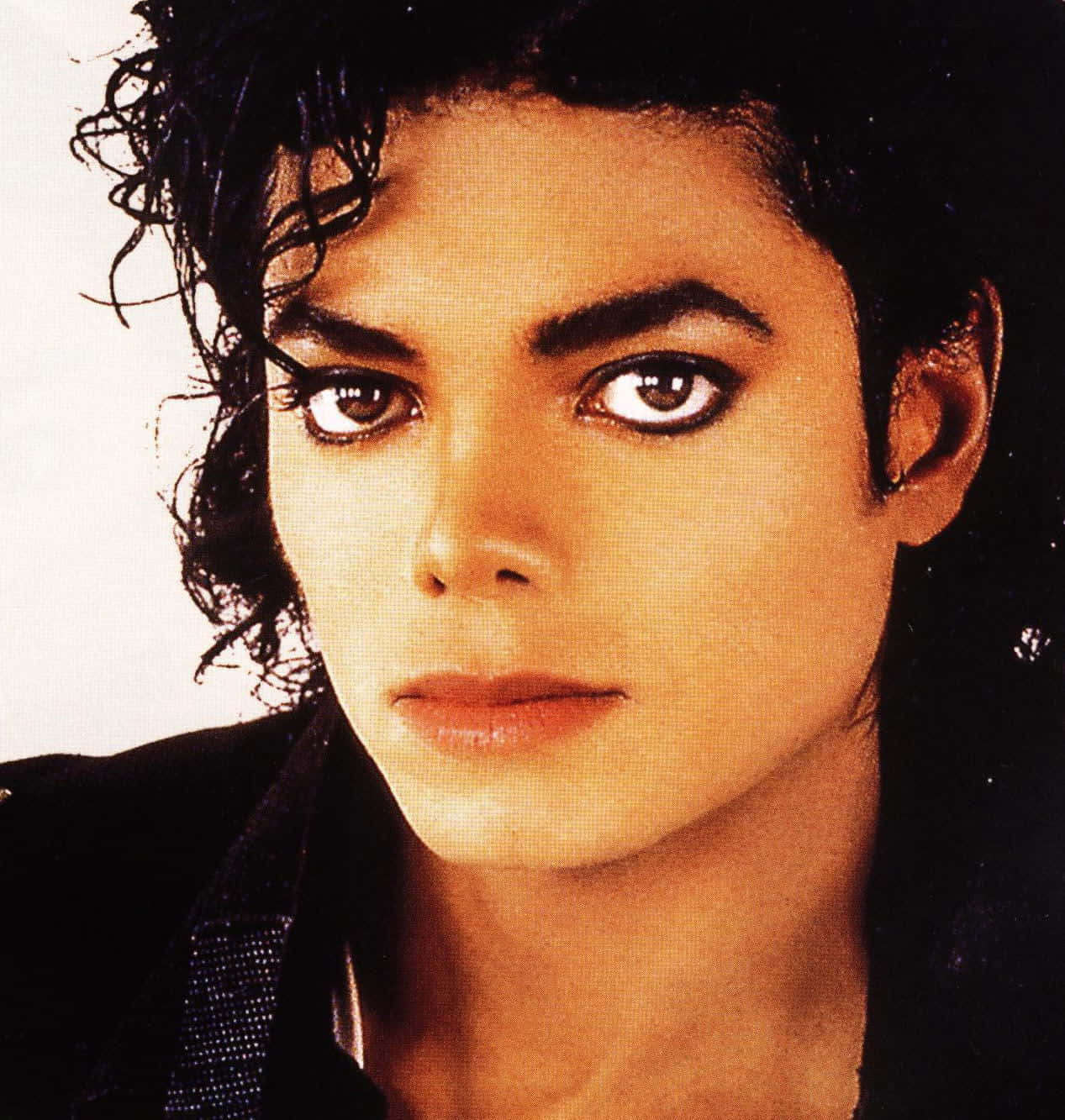
10. **Michael Jackson & Farrah Fawcett – June 25, 2009**
June 25th, 2009, is a date that very few people will ever forget, primarily due to the shocking news that broke about the passing of Michael Jackson. He was, without a doubt, the biggest pop star in the world, a true mega phenomenon whose influence stretched across the globe. But what many might not immediately recall is that Jackson wasn’t the only star to leave the world on that fateful day.
“The King of Pop” sold an astounding 750 million albums, with his records collectively spending an incredible 4,458 weeks on the Billboard charts. His death in Los Angeles at age 50, due to a lethal combination of sedatives and an anesthetic, absolutely dominated headlines and sent shockwaves through the entire planet. The world truly paused to mourn.
However, earlier on that very same day, another beloved pop culture icon, Farrah Fawcett, also said her goodbyes. Fawcett was a true staple of pop culture, famously known for her iconic role on “Charlie’s Angels,” as well as her many other memorable screen performances. She tragically succumbed to cancer at a hospital in Santa Monica at 62 years old.
While Michael Jackson’s story undeniably grabbed global attention, many also remember the quiet grace with which Fawcett departed. The juxtaposition of these two immense stars – one the electrifying King of Pop, the other a radiant angel of television – leaving us on the same day underscores just how much June 25, 2009, truly impacted pop culture.
Read more about: Farrah Fawcett’s Secret Lover: A Deep Dive into the Hidden Romance of an Icon and Other Unveiled Star Affairs
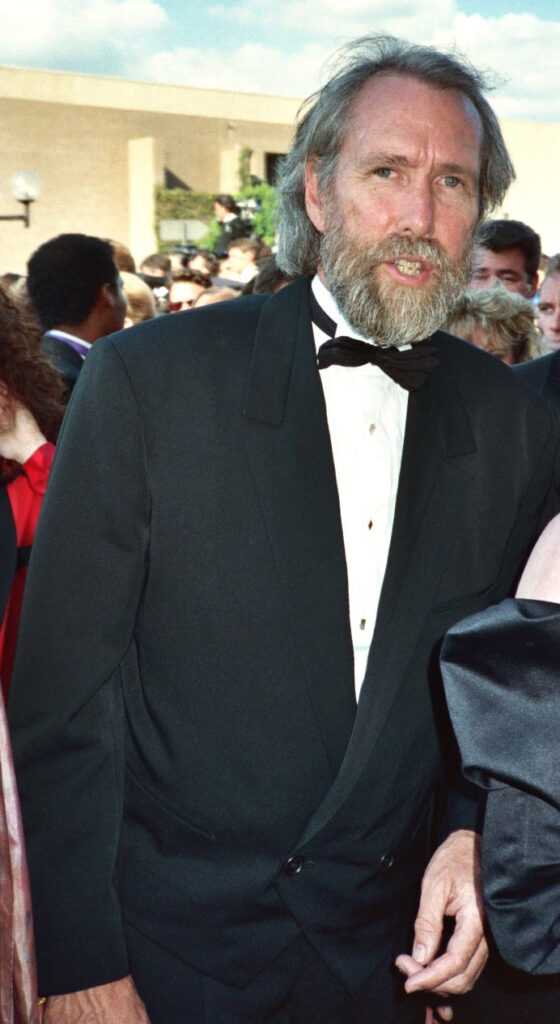
11. **Jim Henson & Sammy Davis Jr. – May 16, 1990**
May 16th, 1990, was a day that saw the world lose two giants of entertainment, both of whom brought immeasurable joy and innovation to audiences but in entirely different ways. It’s a striking example of how creativity and showmanship, across diverse forms, were extinguished simultaneously.
Jim Henson, the brilliant mind behind the beloved Muppets, was a true pioneer whose imagination built characters that still charm children and adults today. His unique approach to puppetry and storytelling created a universe of warmth, wit, and wonder that continues to resonate across generations. Losing him was like losing a piece of childhood for millions.
On that very same day, we also said goodbye to Sammy Davis Jr., an original member of the legendary Rat Pack. Davis Jr. was a quintessential entertainer, acting, singing, and dancing across every major stage, showcasing a versatility and charisma that defined an era. His passing marked the end of a dazzling career that spanned decades and genres.
These two entertainment titans, one a puppetry pioneer who gave us Kermit and Miss Piggy, and the other a Rat Pack legend who could do it all, left an undeniable void. Their combined creativity helped shape 20th-century entertainment, leaving legacies that continue to inspire and delight, even in their shared absence.

12. **Aldous Huxley, John F. Kennedy & C.S. Lewis – November 22, 1963**
Talk about a day etched into history! November 22nd, 1963, is a date that forever carries an immense weight, primarily due to one of the most tragic and pivotal events of the 20th century. But amidst the global shock and mourning, two other literary giants also departed the world, their passing largely overshadowed by the tragic circumstances of the day.
John F. Kennedy, the charismatic young President of the United States, was tragically assassinated on this day, a moment that shocked the world to its core and left an indelible scar on American history. The news of his death dominated every headline, every broadcast, and every conversation, as the nation and the world grappled with the profound loss.
Yet, on that same unforgettable day, the literary world also lost two immensely influential authors: C.S. Lewis and Aldous Huxley. C.S. Lewis, known for his enchanting visions of fantasy in works like “The Chronicles of Narnia,” captivated readers with his allegories and profound insights. His imaginative worlds and theological explorations still resonate deeply with audiences today.
Meanwhile, Aldous Huxley, another literary powerhouse, presented starkly different but equally profound visions. He was the author of the dystopian masterpiece “Brave New World,” a cautionary tale about society’s future that continues to spark debate and reflection. The coincidence of these three giants – a president and two literary titans whose visions of society, both real and imagined, continue to shape our understanding – leaving us on the same day is truly astonishing, even if many only remember one of the departures.
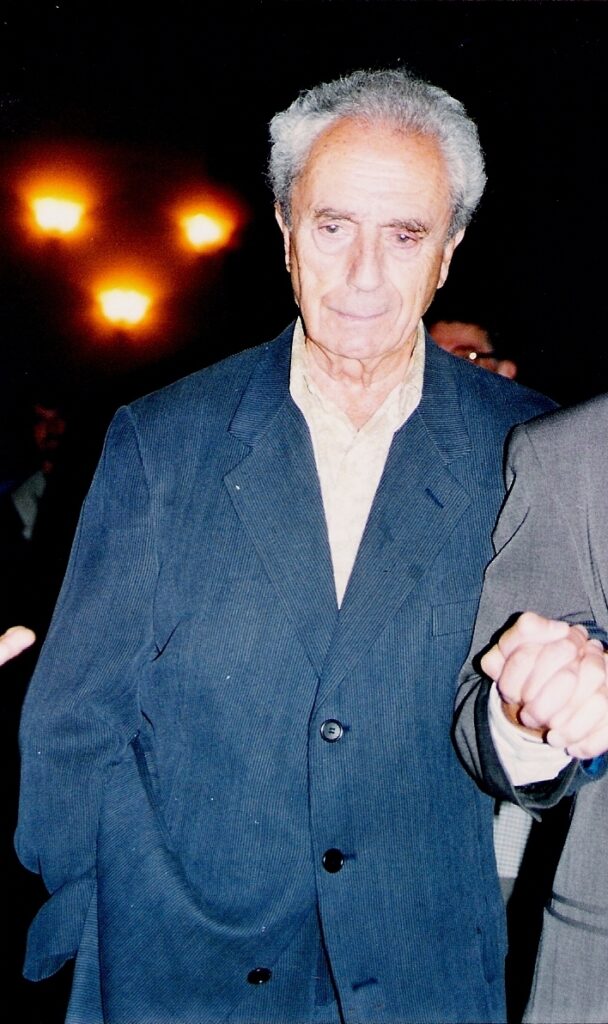
13. **Michelangelo Antonioni & Ingmar Bergman – July 30, 2007**
Prepare for a truly astounding day for cinephiles! July 30th, 2007, delivered a powerful blow to the world of art-house cinema as two of Europe’s most influential and iconic directors passed away on the very same day. It’s a coincidence so striking, it feels like a scene straight out of one of their own dramatic films.
Ingmar Bergman, the Swedish master, was celebrated globally for his profound psychological depth and philosophical explorations in cinema. He gave us unforgettable masterpieces like “The Seventh Seal,” films that delved into the human condition with unparalleled intensity and artistry. His work redefined cinematic storytelling for generations, influencing countless filmmakers with his unique visual and narrative style.
Across the continent, Michelangelo Antonioni, Italy’s trailblazer of visual storytelling, also departed. Known for his groundbreaking films like “L’Avventura,” Antonioni shaped arthouse cinema with his distinctive style, focusing on themes of alienation and modern ennui through stunning cinematography. His innovative approach challenged traditional narrative structures, pushing the boundaries of what film could be.
To have these two titans, one redefining how stories were told through psychological depth and the other through groundbreaking visual narratives, leave the world together, truly stunned their fans. It was a day that marked the end of an era for European art cinema, a poignant moment where two singular visions ceased to illuminate the screen.
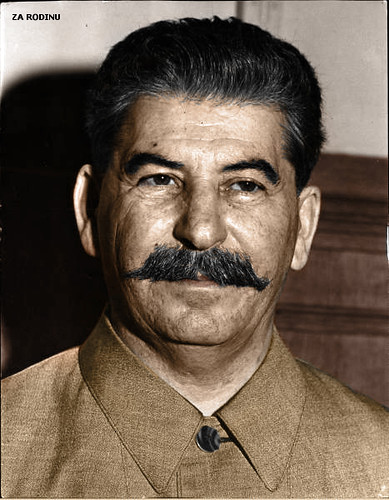
14. **Joseph Stalin & Sergei Prokofiev – March 5, 1953**
On March 5th, 1953, the world witnessed a stark and poignant contrast in departures. While global headlines were dominated by the death of one of the 20th century’s most powerful and feared leaders, another monumental figure, a celebrated composer, quietly slipped away. It’s a fascinating, almost poetic, coincidence that highlights the complex realities of their era.
Joseph Stalin, the formidable Soviet leader, passed away on this day, bringing an end to a reign that had cast an immense and often terrifying shadow over Soviet life. His death was a global event, prompting widespread speculation and a period of immense political uncertainty across the Soviet Union and beyond. Newsreels and broadcasts worldwide focused intently on his final moments and the implications of his passing.
However, on the very same day, largely overshadowed by the political earthquake of Stalin’s death, the renowned composer Sergei Prokofiev also departed. Prokofiev, whose genius enriched classical music with works like “Peter and the Wolf” and “Romeo and Juliet,” often had to walk a tightrope between his creativity and the stringent censorship and demands of the Soviet regime.
It’s a powerful irony that the composer, whose life and work were so heavily impacted by the leader, would share his final day. The world mourned a dictator loudly, while a musical genius, who contributed so much beauty despite the oppressive climate, faded from the world stage in relative silence. This simultaneous exit underscores the complicated interplay of power, art, and fate in a totalitarian society.
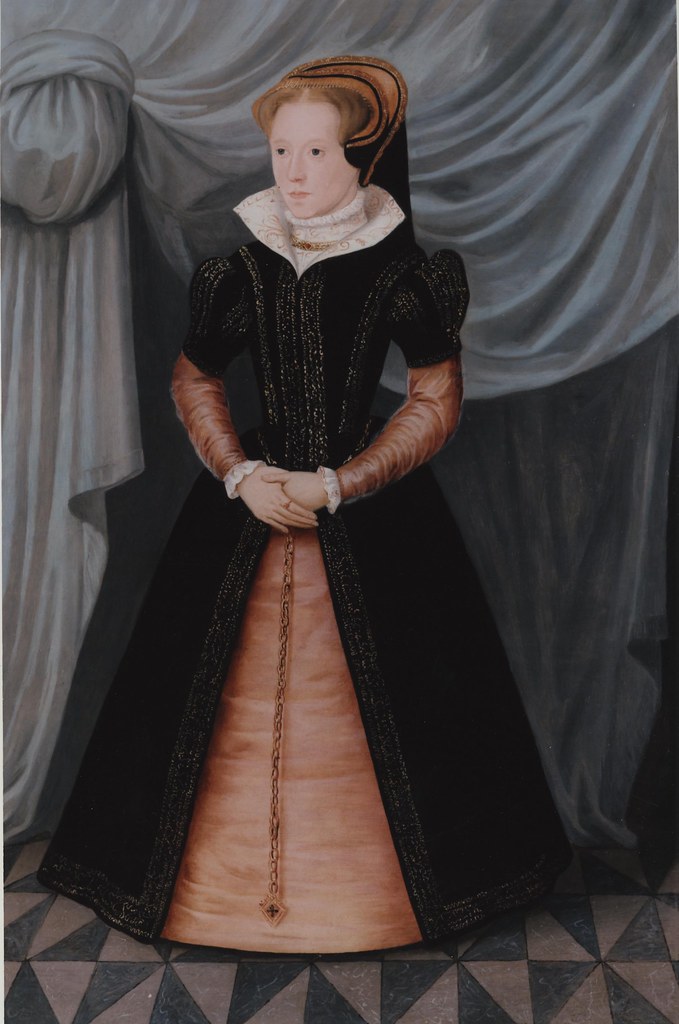
15. **Reginald Pole & Queen Mary I – November 17, 1558**
Stepping back in time to November 17th, 1558, we find a truly pivotal moment in Tudor history, marked by the nearly simultaneous deaths of Queen Mary I and her trusted religious advisor. Their departures within hours of each other sent shockwaves through the English court and irrevocably altered the course of the nation’s religious and political landscape.
Queen Mary I, known as ‘Bloody Mary’ for her persecution of Protestants, had vigorously attempted to restore Catholicism to England during her reign. Her passing brought an end to an era of religious upheaval and fierce attempts to reverse the Protestant Reformation initiated by her father, Henry VIII. Her death effectively cleared the path for a new era.
Cardinal Reginald Pole, a prominent figure in the Catholic Church and Mary’s Archbishop of Canterbury, also died on that very same day. He was a trusted religious advisor who had served devoutly during her Catholic reign, advocating for the return of England to the Roman fold. His deep commitment to Catholicism made him a central figure in Mary’s religious policies.
Their nearly simultaneous exits had immediate and profound consequences, clearing the path for the ascension of Elizabeth I, Mary’s Protestant half-sister. This dramatic change in leadership marked a decisive swing towards Protestant England, sparing the new queen the “hassle and embarrassment” of having the Church of England led by a man who regarded it as a heretical sect. Talk about historical timing!
And there you have it – more incredibly wild coincidences where some of history’s most notable figures shared their final day. From political titans to cinematic visionaries, rock stars, and even a queen and her cardinal, these simultaneous departures are a fascinating reminder of the unexpected ways the threads of our lives can intertwine. It makes you wonder, doesn’t it? What other surprising shared dates are waiting to be uncovered in the annals of history?

